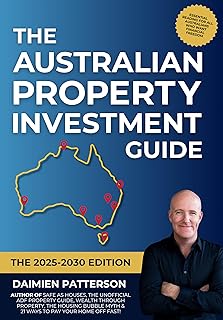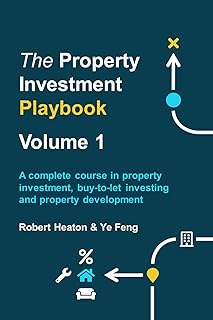In September 2025, Australia’s property markets showcased significant trends through comprehensive data analysis. The residential real estate sector in Australia played a crucial role in underpinning the country’s wealth, with a total value of $11.7 trillion recorded by the end of August. This value far exceeded outstanding mortgages against residential properties, maintaining a comfortable Loan to Value ratio of 21%.
The momentum in national housing values continued to rise, with a notable 1.8% increase over the three months leading to August. This surge marked the most substantial quarterly growth since Q2 of 2024. The annual growth trend also displayed an upward trajectory, rising to 4.1% over the 12 months to August, after a low of 3.6% in the previous financial year.
The property market dynamics varied across Australia’s capital cities, showcasing a fragmented landscape influenced by local economic and market factors. Brisbane emerged as a star performer, experiencing a 7.9% increase in property values over the past year, reaching a record high. Similarly, Perth and Darwin recorded notable growth rates of 6.6% and 10.2%, respectively, contributing to their new record highs.
Transaction volumes in August totaled 43,436 sales nationwide, with Darwin leading the pack with estimates nearly 70% above the average. However, despite the positive sales activity, properties took longer to sell, with the median time on the market increasing to 33 days in the August quarter.
Vendor discounting rates decreased steadily throughout the year, with the national median rate dropping to 3.3%. Meanwhile, auction clearance rates surged, reaching a two-year high with a 69.5% success rate. The rental market also experienced growth, with national rents increasing by 4.1% over the year to August.
The expansion of the federal government’s Home Guarantee Scheme, effective from October 1, aimed to enhance opportunities for first home buyers by removing income and place limits and raising property price caps. This adjustment significantly broadened the range of suburbs accessible to first-time buyers, fostering greater choice and leveling the playing field for those entering the property market.
In terms of financing, new home loan commitments rose in the June quarter, with investors driving the volume increase and owner-occupiers contributing to the rise in loan value. Additionally, first home buyer financing saw a boost, particularly in Tasmania and the Northern Territory, indicating a positive trend in property investment.
The Australian property market in 2025 presented a mix of opportunities and challenges, reflecting a dynamic landscape influenced by various economic, social, and policy factors. As investors navigated these trends, expert guidance and strategic planning were essential to capitalize on emerging opportunities and mitigate risks in this ever-evolving sector.
📰 Related Articles
- Commercial Property Market Trends: Challenges and Opportunities Ahead
- Waste Paper Recycling Market Growth Driven by Sustainability Trends
- Ultimate Guide to Pet Travel Accessories: Trends, Growth Potential & Market Insights
- UK Office Supplies Market Embraces Sustainable Trends for Growth
- Thermal Printers Market Growth Trends and Industry Insights






